Battle Dawgs take Combat Veteran Care to the Next Level
(2019©donnliston.co)

The Battle Dawgs base camp near Talkeetna.
It is only those who have neither fired a shot nor heard the shrieks and groans of the
wounded who cry aloud for blood, more vengeance, more desolation. War is hell.
–William T. Sherman
In 1836 the Pilgrims of Plymouth Colony–who were at war with the Pequot Indians–passed a law stating that disabled soldiers would be supported by the colony.[1]
Today, after many wars, we as Americans know care for veterans is a sacred
trust.
Unresolved political conflicts between nations become standoffs and ultimately armed actions. Our nation was founded in a Revolutionary War (1775 – 1783 involving 217,000 soldiers of which 4,435 were killed and 6,188 left with non-mortal wounds.[2]
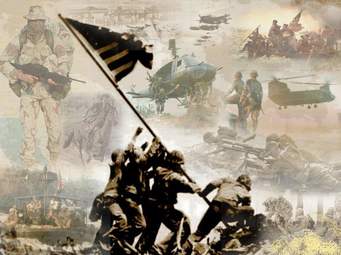
And, as war has become ever more brutal Alaska is becoming a favored place for some veterans to recuperate from the ravages of combat.
Consider our nation’s evolution in war.
The War of 1812 (1812-1815) involved a total of 286,730 total U.S. Service members; 2,260 died and 4,505 had non-mortal wounds. A ratio of 2:1 wounded to killed.
Mexican War (1846-1848) involved 78,718 servicemembers. Of those 1,733 died in battle and 11,550 died from related causes in theater. 4,152 suffered non-mortal wounds. More died than were wounded.
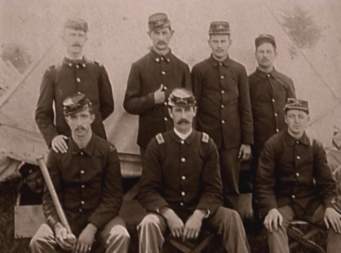
Perhaps the most brutal of our American Wars was between ourselves; the Civil War (1861-1865) involved 2,213,363 U.S. Servicemen in the Union Army with 140,414 suffering death in battle and 224,097 dying from other causes in theater. 281,881 were wounded. Confederate servicemen numbered an estimated 1,050,000, of which 74,524 died in battle and 59,297 in theater. It is unknown how many were left with non-mortal wounds.
The Spanish-American War (1898-1902) saw 306,760 American servicemembers participating with 2,446 deaths and 1,662 wounded.
War is hell
During the last century technology has created a modern war machine that can turn a human body into hamburger, or simply vaporize it. Our liberty was born in war and even knowing the risk associated with joining the military many courageous Americans continue to serve. These are American heroes. Some live to enjoy the fruits of their service in America while some are wounded and deeply impacted for the rest of their lives.
Participation in World War I (1917-1918) involved 4,734,991 U.S. Servicemen worldwide. Battle deaths numbered 291,557 and 113,842 others received non-theater related death. Veterans with non-mortal wounds numbered 204,002. The last known veteran of that conflict was Frank Buckles who died February 27, 2011 at age 101.
Our Debt to Veterans

As the U.S. entered World War I under President Woodrow Wilson, in 1917, Congress established a new system of Veterans benefits, including programs for disability compensation, insurance for service personnel and Veterans, and vocational rehabilitation for the disabled. By the 1920s, three different federal agencies administered the various benefits: The Veterans Bureau, the Bureau of Pensions of the Interior Department, and the National Home for Disabled Volunteer Soldiers. America had begun to take seriously the care of those who remained after national conflicts requiring their military service. Today the Veterans Benefits Administration (VBA), Veterans Health Administration (VHA), and National Cemetery Administration (NCA) compromise the Department of Veterans Affairs.
Because of our commitment to liberty the United States of America has been required to send a mostly voluntary military force into battle against adversaries in recent decades. One result has been a growing number of veterans with varying levels of disability requiring care.
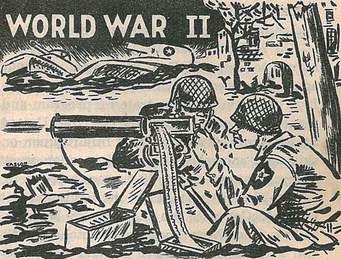
An estimated 1,711,000 veterans of WW II (1941-1945) are still living, according to the VA. That is what is left from a total U.S Servicemember count of 16,112,566 participants. WW II saw 291,557 battle deaths and 113,842 non-theater deaths. 670,846 were wounded.
5.72 million U.S Servicemembers participated in the Korean War (1950-1953) with death of 54,246. Some 103,284 were left with non-mortal wounds. An estimated 2,275,000 living veterans remain.
The Vietnam War (1964-1975) required 8,744.000 U.S. servicemembers worldwide with 3,403,000 deployed to Southeast Asia. Battle Deaths reached 47,434 with 10,786 additionally in theater and
32,000 deaths out of theater. Non mortal wounded were 153,303, and it is estimated that 7,391,000 Vietnam veterans are still alive.

The short Desert Shield/Desert Storm (1990-1991) war saw 2,322,000 U.S. Servicemembers participate with 694,550 deployed to the Persian Gulf. Only 1,948 battle deaths, including other in-theater deaths and non-theater deaths, occurred. Non-mortal wounded were 467 and living veterans are estimated to total 2,244,583.
But the attack on the twin towers of the World Trade Center September 11, 2001 put the United States on a different war footing, which compounded the already great stress on the VA from all living veterans of U.S. wars.
The Global War on Terror (GWOT) (Oct 2001 – ) includes Operation Enduring Freedom (OEF) and Operation Iraqi Freedom (OIF), are ongoing conflicts with the following attributes:
· Operation ENDURING FREEDOM began on October 7, 2001, when the United States
launched military operations in Afghanistan, including airstrikes against Kabul and Kandahar. In sustaining military operations for over a decade, American troops continue to fight a widespread insurgency and establish a viable government. As of December 2019 we have seen 1,845 deaths from hostilities and 502 from other causes. 20,147 have been wounded.
· Operation Inherent Resolve (OIR) started kinetic operations August 8, 2014. It is comprised of U.S. military and coalition forces united to build the military coalition to support Iraqi Security Force operations against the Islamic State of Iraq and the Levant (ISIL). Deaths from hostilities have been 17 and from other events 70. Wounded total: 81.

· Operation FREEDOM’S SENTINEL (OFS), maintains forces in Afghanistan following the end of U.S. combat operations there on December 31, 2014. U.S. forces remain in the country to participate in a coalition mission to train, advise, and assist Afghan National Defense and Security Forces and to conduct counterterrorism operations against the remnants of al Qaeda. As of December 2019 deaths from hostilities have totaled 59 while non-hostile events have caused 23 deaths.[4]
VA Under the Gun
Fewer American warriors are dying in war, but the challenges to the VA have increased with the accumulation of veterans requiring services from previous and on-going conflicts.
A June 6, 2014 Associated Press story reports that by June 5, 2014, Veterans Affairs internal investigations had identified 35 veterans who had died while waiting for care in the Phoenix
VHA system.[3]* An investigation of delays in treatment throughout the Veterans Health Administration system was conducted by the Veterans Affairs Office of the Inspector General, and the House passed legislation to fund a $1 million criminal investigation by the Justice Department.
On May 16, 2014, the Veterans Health Administration’s top health official, Dr. Robert Petzel, retired
early at the request of Secretary of Veterans Affairs Eric Shinseki. On May 30, 2014, Secretary Shinseki resigned from office amid the fallout from the controversy, and by June 2014 several other VA medical centers around the nation were identified with the same problems as the Phoenix facility. Investigations by the VA Inspector General, the Congress and others were widened, with an internal VA audit released June 9, 2014 finding that more than 120,000 veterans were left waiting or never got care, and that schedulers were pressured to use unofficial lists or engage in inappropriate practices to make waiting times appear more favorable.
On June 11, 2014, the Federal Bureau of Investigation opened a criminal investigation of the VA. President Barack Obama ordered a White House investigation. On June 27, 2014, Obama’s Deputy Chief of Staff, Rob Nabors, reported “significant and chronic system failures” and a “corrosive culture” inside the Veterans Health Administration. In August 2014, Obama signed Congressional legislation regarding funding and reform of the Veterans Health Administration.
TakingCare of our Wounded Warriors
Alaska presents a unique opportunity to help serve American warriors who have served and suffered, according to Rick Casillo, Founder/Director of Programs at Battle Dawgs. Casillo has finished the Iditarod Trail International Sled Dog Race eight times since his rooky year in 2004. But this is now his mission.
“This is my way of serving,” Casillo explained in a presentation December 4 to the Susitna
Rotary Club. “I tried to serve in the military four separate times but I was medically disqualified. Every time I went in they said: Son, get the heck out of here, we aren’t going to take you in the military. So this is my way to give back.”
Casillo’s wife, Jenifer is President of Battle Dawgs and a Colonel in the Alaska Air National Guard.
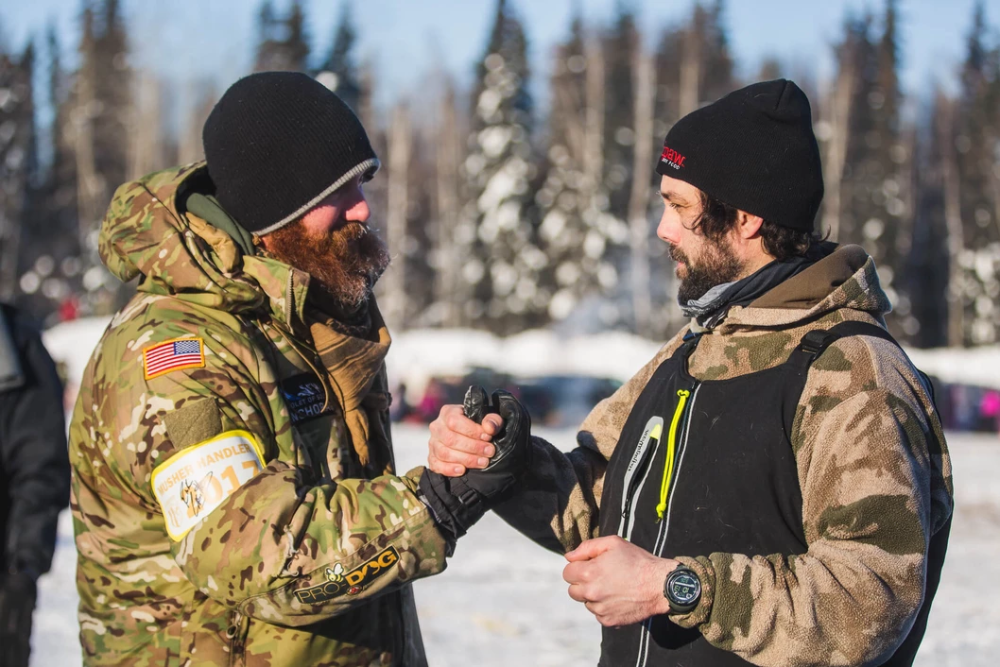
He explained: I literally wrote this program Battle Dogs on my computer about eight years ago. I said
one day when I am in a position to give back this is something I want to do. So I started volunteering for another veteran’s organization here in the (Mat-Su) valley almost two years.
The Battle Dogs organization today extends far beyond Alaska in its reach to
wounded battle warriors.
I used to have a tourism company taking people up in the summertime in a helicopter on a glacier, and we would take them around a two mile loop with the dogs. So I thought it would be cool to donate a couple of trips to this veteran’s organization. That is how it started; I had this idea to bring veterans up to check it out and they liked doing it. I knew I wanted to go the non-profit route and check the waters first because I have never been in the military myself.
The Iditarod dog-mushing hook is only one part of what has worked now over more than six years of providing theme camps for veterans with battle experience. Basically, what we do is provide outdoor situations for veterans, Casillo explained. Fly fishing is what caused me to originally move to Alaska; I used to be a fly fishing instructor. Now I have lots of dogs, so we integrate the dogs into the camps as
much as we can.

The outdoor camps are held at a spectacular setting on 650 acres near Talkeetna, with Montana Creek running through it. But getting it started was tricky.
As a civilian I was nervous about getting involved with veterans, Casillo continued. It takes a while once they come back into country to develop trust of civilians, so I was a little nervous about how they would react to me doing this for them. But I think I was able to make a connection with these guys by talking about what I do–working as a team with the dogs.
To be with my dogs requires a team effort, said Casillo. We have to be a team to get to Nome. Battle Dawgs networks with flightseeing tours, railroad tours and other opportunities available. Without the community here (in the Mat-Su Valley) there would be no Battle Dawgs. We began as a grass roots organization and we are growing every year.
So, as these participating warriors asked me questions I think the dialog developed trust, said Casillo. Then, before you know it they were pouring their hearts and souls out to me. I’m not a trained counselor but I can listen. I will never understand hearing the sound of a bullet cracking over your head, of losing a buddy to an IED explosion, or any of the other events of stories I have heard over the last 6-7 years.
A national veteran crisis is at hand, according to Casillo: What so many are facing after having served is an epidemic now. Battle Dogs focuses on Combat Veterans. I mean no disrespect but we are not a thank you for your service organization. He emphasized: We focus on Combat Veterans; guys who have served outside the wire. We focus on Post-Traumatic Stress (PTS), Traumatic Brain Injury (TBI), and of course addressing the high suicide rate in our veteran community.
He became emphatic: We are losing 20 veterans to suicide every day in this country. That is horrible!
Casillo says his organization has five documented cases of saving warrior veterans from suicide. He has many applications for the camps that are partially filled out and others who took a long time to get it filled out.
So, how does it work? For the application go here: https://www.battledawgs.org/
I read every application; I call all of the warriors and we do not accept all who apply. Again, we are not a thank you for your service organization. You have to fit our criteria, Casillo continued. In each camp I try to put together like-minded warriors. We’ve had Green Berets, Navy Seals, Rangers; our vice president was a Tier One operator with Delta Force—a sniper. All branches of the military are represented. I try to pair them so when we have the camp they have things in common.
Further: A lot of our camps are mission based. We have a lot of 11-Bravo mission guys who were trained to shoot guns, kick in doors, and eliminate the enemy. When they get out there aren’t too many jobs looking for that skill-set, said Casillo. So they lack that purpose, that mission. At Battle Dawgs we try to bring them in and give them that sense of mission.
My goal is 100 veterans per year. Our camps are all free of charge for warriors; all they need to do is get their body on an airplane or be at the door when I am there to pick them up, so I can take them up to our camp, said Casillo.
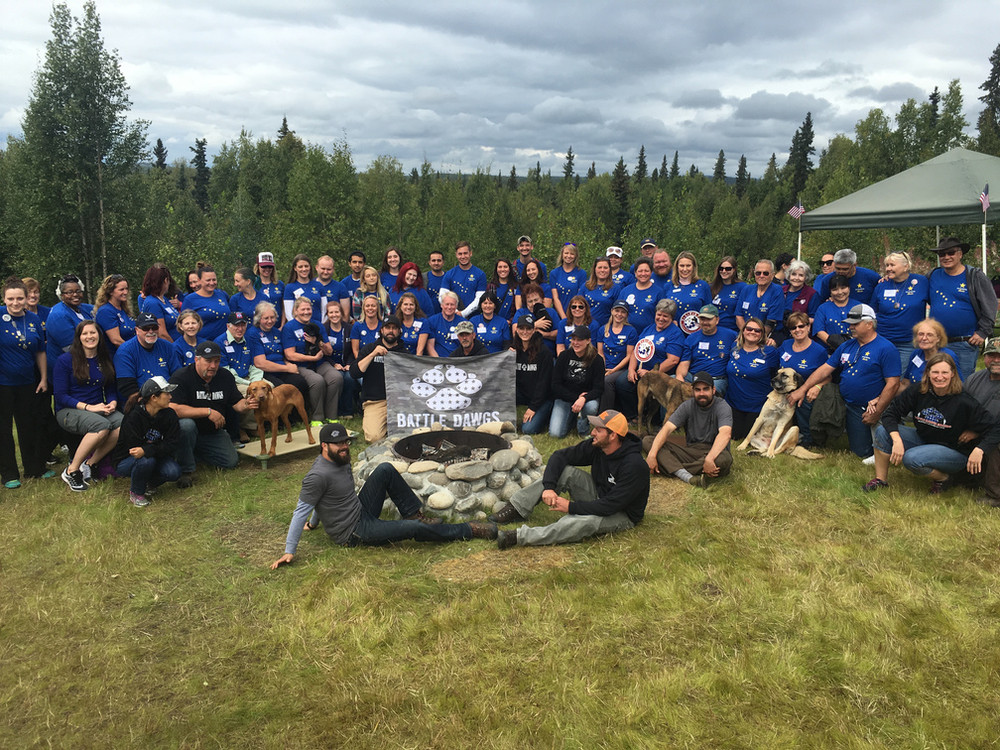
Any reader who been thinking about doing something like this, or who knows someone who might benefit from an Alaska Battle Dawgs experience, should act now:
This year will be the first we will be year-round, 12 months, Casillo concluded. This is also the first year we will be doing hard-core dog mushing with veterans. I expect my phone to be ringing off the wall when we announce this because I have
asked many if they would be interested in coming to Alaska and mushing dogs at thirty below?
The answer was usually “Oh Hell Yeah!”

Copy and paste this link to send story to someone who might benefit from Battle Dawgs:
https://donnliston.net/2019/12/battledawgs-take-combat-veteran-care-to.html
References:
[1]About VA
https://www.va.gov/about_va/vahistory.asp
[2]U.S. Department of Veterans Affairs, America’s
Wars https://www.va.gov/opa/publications/factsheets/fs_americas_wars.pdf
[3]Defense Casuality Analysis System
https://dcas.dmdc.osd.mil/dcas/pages/report_oir_wound.xhtml
[4]Daly, Matthew; Tang, Terry (June 6, 2014). “VA chief: 18 vets left off waiting list have died”. bigstory.ap.org. Associated Press. Retrieved October 10, 2014.



